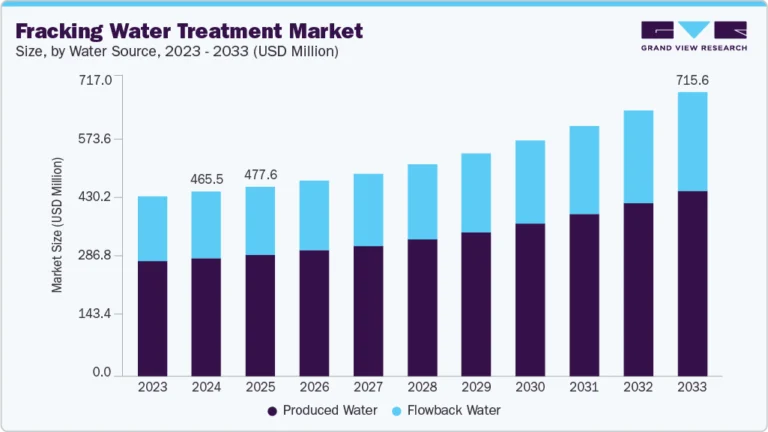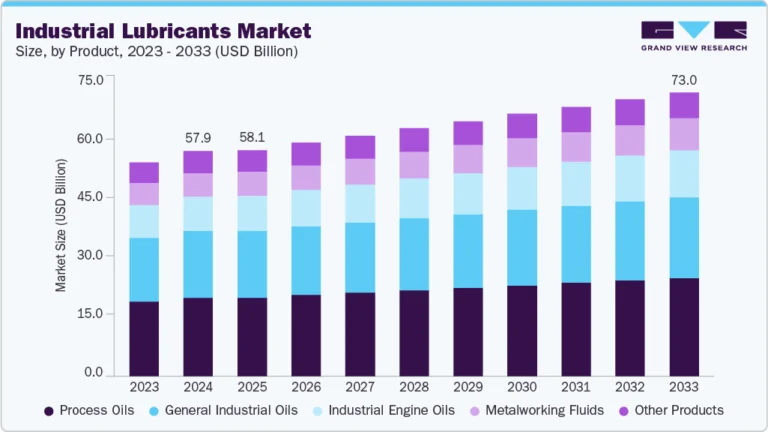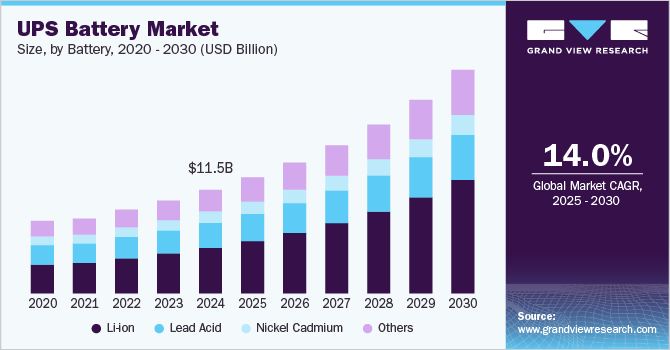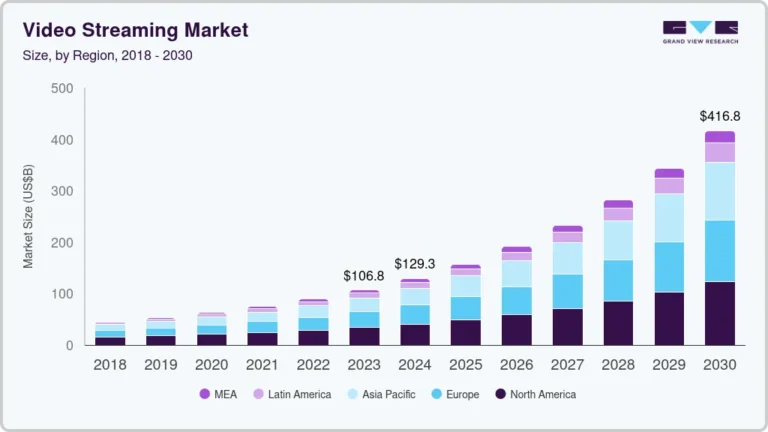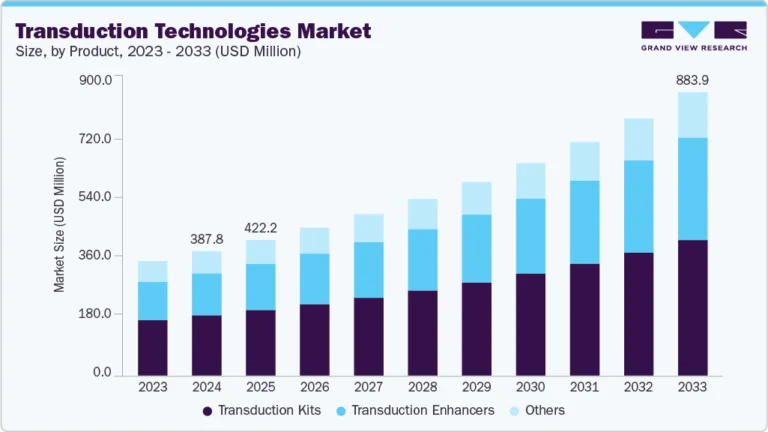5G Radio Access Network Market Size, Share & Trends Analysis growing at a CAGR of 10.3% from 2025 to 2030
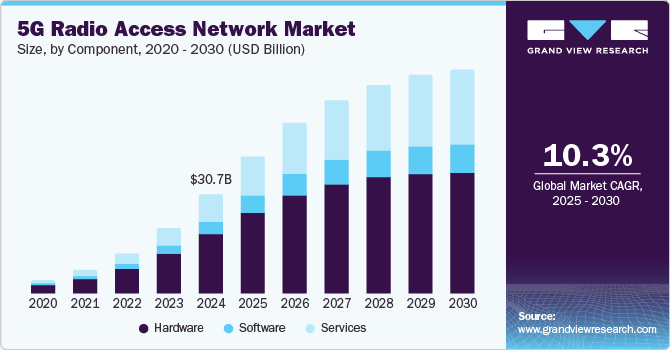
The global 5g radio access network market size was estimated at USD 30,650.3 million in 2024 and is projected to reach USD 69,297.1 million by 2030, growing at a CAGR of 10.3% from 2025 to 2030. The increasing demand for low latency bandwidth connection and increased focus on research and development activities by key organizations are some of the factors fueling the market growth.
Key Market Trends & Insights
- In terms of region, Asia Pacific was the largest revenue generating market in 2024.
- Country-wise, India is expected to register the highest CAGR from 2025 to 2030.
- In terms of segment, hardware accounted for a revenue of USD 25,083.4 million in 2024.
- Services is the most lucrative component segment registering the fastest growth during the forecast period.
Market Size & Forecast
- 2024 Market Size: USD 30,650.3 Million
- 2030 Projected Market Size: USD 69,297.1 Million
- CAGR (2025-2030): 10.3%
- Asia Pacific: Largest market in 2024
Request a free sample copy or view report summary: https://www.grandviewresearch.com/industry-analysis/5g-radio-access-network-market-report/request/rs1
Moreover, the robust deployment of a 5G radio access network (RAN) with several small cells and macrocell base stations worldwide is propelling the growth of the market. The trend of deploying centralized RAN and virtual RAN (VRAN) is rapidly increasing among mobile network operators (MNOs) and network service providers to reduce overall infrastructure costs and network complexities. Furthermore, the RAN enables enterprises and mobile network operators utilizing private 4G or private 5G to offer network slicing solutions assigning capacities to individual enterprises to split network usage within a public mobile network. The industry is expanding at a tremendous growth rate owing to technological innovations coupled with users’ inclination towards 5G RAN solutions.
Radio access networks comprise wireless telecommunications systems, including antennas and base stations, to provide high performing 5G network solutions. It utilizes 5G radio frequency division duplex (FDD) frequencies to connect individual devices through radio connections providing wireless connectivity. RAN encompasses different types, viz. evolved universal terrestrial RAN (E-UTRAN), Universal Radio Access Network (UTRAN), Virtualized Radio Access Network (VRAN), and Open Radio Access Network (ORAN), among others. The RAN base stations within a public mobile network are connected to a public mobile core network through microwave or fiber cables to aggregate signals. The latest RANs offer controllers utilizing software-defined networks (SDN), allowing them to control cellular device capacity and coverage.

